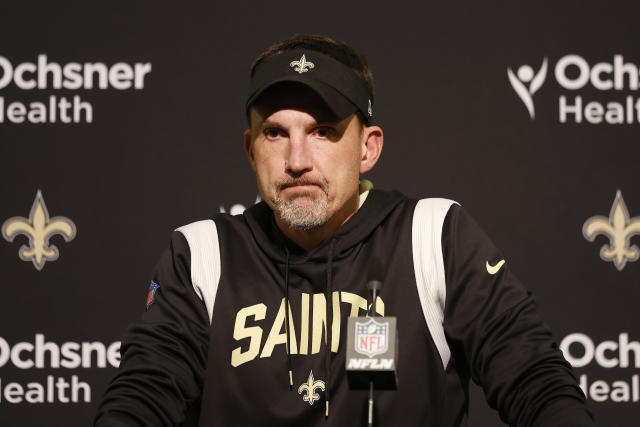
This piece will examine the statistical patterns that quarterback Derek Carr of the New Orleans Saints has developed.
It was evident that Carr got better during his first year, but how much better and were there any clear reasons why? The graphs that follow may provide some hints.
QBR takes into account a quarterback’s whole contribution to victory, including his effects on passes, rushes, turnovers, and penalties, according to ESPN. As a result, Carr’s QBR for the season ought to be a reliable indicator of his performance level.
Carr’s QBR increased noticeably throughout the course of the season, particularly in the final four games. With a QBR average of 56.4, he had his lowest since 2018. You can see how bad Carr performed in weeks 10–13, leading to several heartbreaking defeats that might have prevented New Orleans from winning the NFC South.
Derek Carr was regarded as a subpar red-zone quarterback when he arrived in New Orleans. That appeared to be the case for more than half of the season. However, something changed in week 13.
This season, Derek Carr passed for 25 touchdowns, 14 of which came in the final five weeks. Carr appeared much more at ease, and the redzone play calling appeared to be much more effective. This wasn’t only the case for Carr; over the last three weeks, the team’s red zone touchdown efficiency of 60% ranked 12th in the league.
As the season went on, Carr’s passing yardage remained largely unchanged. Although it can’t hurt, YPG isn’t always the best performance indicator.
It wasn’t a fantastic season; he
 only finished with 3,878 yards, or 228 yards per game. But he could have had more than 4,000 yards this season if he hadn’t missed a couple of quarters due to injuries. It should be mentioned that although Carr’s 228 yards per game is the second lowest in his career, he threw for 251 yards per game in the season’s final three games.
only finished with 3,878 yards, or 228 yards per game. But he could have had more than 4,000 yards this season if he hadn’t missed a couple of quarters due to injuries. It should be mentioned that although Carr’s 228 yards per game is the second lowest in his career, he threw for 251 yards per game in the season’s final three games.
There was a definite correlation between Carr’s number of firings and his season-long performance.
That may seem like a “no duh” remark, but in my opinion, it emphasizes even more how important it is to strengthen the offensive line by 2024. As the season progressed, Carr undoubtedly gained confidence, and the offensive line’s development most likely contributed significantly to that. Ideally, the offensive line for the 2024 Saints will start playing well in week one rather than waiting until week ten to begin guarding the quarterback.
Carr’s passing yardage did not alter much during the season. YPG isn’t always the best performance indicator, but it can’t hurt.
He only finished with 3,878 yards, or 228 yards per game, thus it wasn’t a very good season. However, if he hadn’t missed a few quarters due to injuries, he could have had more than 4,000 yards this season. It should be noted that while though Carr’s passing average of 228 yards per game is the second lowest of his career, in the final three games of the season he threw for 251 yards per game.

Leave a Reply